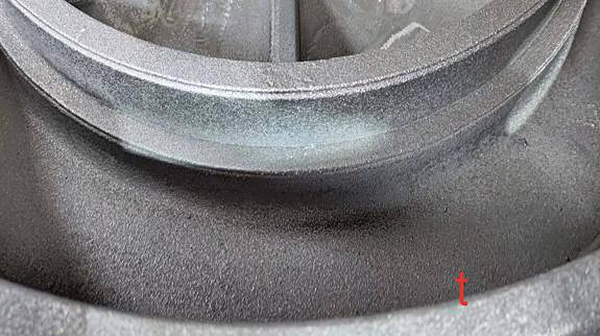What is Sand Casting?
Sand casting is a versatile and widely used manufacturing process that plays a pivotal role in the production of metal castings. This technique is particularly favored in the foundry industry due to its simplicity, cost-effectiveness, and adaptability. In this article, we will explore the fundamentals of sand casting, the process involved, its advantages, and various applications.
The Basics of Sand Casting
Sand casting, also known as sand mold casting, involves creating a mold from a mixture of sand, clay, and water. The mold is formed by compacting this mixture around a pattern that represents the desired shape of the final product. Once the mold is made, molten metal is poured into the cavity, allowed to solidify, and then the sand mold is broken away to extract the finished casting.
The Sand Casting Process
The sand casting process typically consists of several key steps
1. Pattern Creation A pattern, usually made from wood, metal, or plastic, is created based on the dimensions of the desired part. This pattern is often slightly larger than the final product to account for shrinkage during cooling.
2. Mold Making The pattern is placed in a mold box and sand mixed with a binder (often clay) is packed around it. The sand is compacted to create a stable mold. Once the mold is formed, the pattern is removed, leaving behind a cavity in the shape of the part.
3. Core Formation For more complex shapes, cores made of sand are often used to create internal features or hollow sections of the casting.
4. Pouring Molten metal is heated in a furnace until it reaches the desired temperature, then poured into the mold through a gating system designed to allow the metal to fill the cavity while minimizing turbulence.
5. Cooling The metal is allowed to cool and solidify. This process can take anywhere from a few minutes to several hours, depending on the size and thickness of the casting.
what is sand casting

6. Mold Removal Once the metal has cooled, the sand mold is broken apart, and the casting is removed. Any excess material from the pouring process, known as flash, is trimmed away.
7. Finishing The casting may require additional machining, grinding, or surface treatment to achieve the desired specifications and surface finish.
Advantages of Sand Casting
Sand casting offers numerous advantages, making it a popular choice in various industries
- Cost-Effective The materials used in sand casting are inexpensive, reducing overall manufacturing costs, especially for small to medium production runs. - Versatility This method can produce a wide range of shapes and sizes, from small components to large industrial parts.
- High Tolerance Levels Sand casting is capable of achieving good tolerances, allowing for precise manufacturing specifications.
- Materials Variety A diverse range of metals can be used in sand casting, including aluminum, iron, and steel, making it suitable for various applications.
Applications
Sand casting is prevalent in multiple industries, including automotive, aerospace, and marine engineering. Common products manufactured through sand casting include engine blocks, pump housings, and decorative metal components. Its ability to produce large quantities of complex shapes makes it an ideal choice for both prototypes and production parts.
In conclusion, sand casting is a fundamental metalworking process that continues to thrive due to its efficiency, cost-effectiveness, and adaptability. With ongoing advancements in technology, the future of sand casting looks promising as it will further meet the demands of modern manufacturing. Whether you are an engineer, a designer, or an inventor, understanding sand casting can open up new possibilities for product development and innovation.
Post time:Sult . 25, 2024 18:55
Next:golden sands prices
